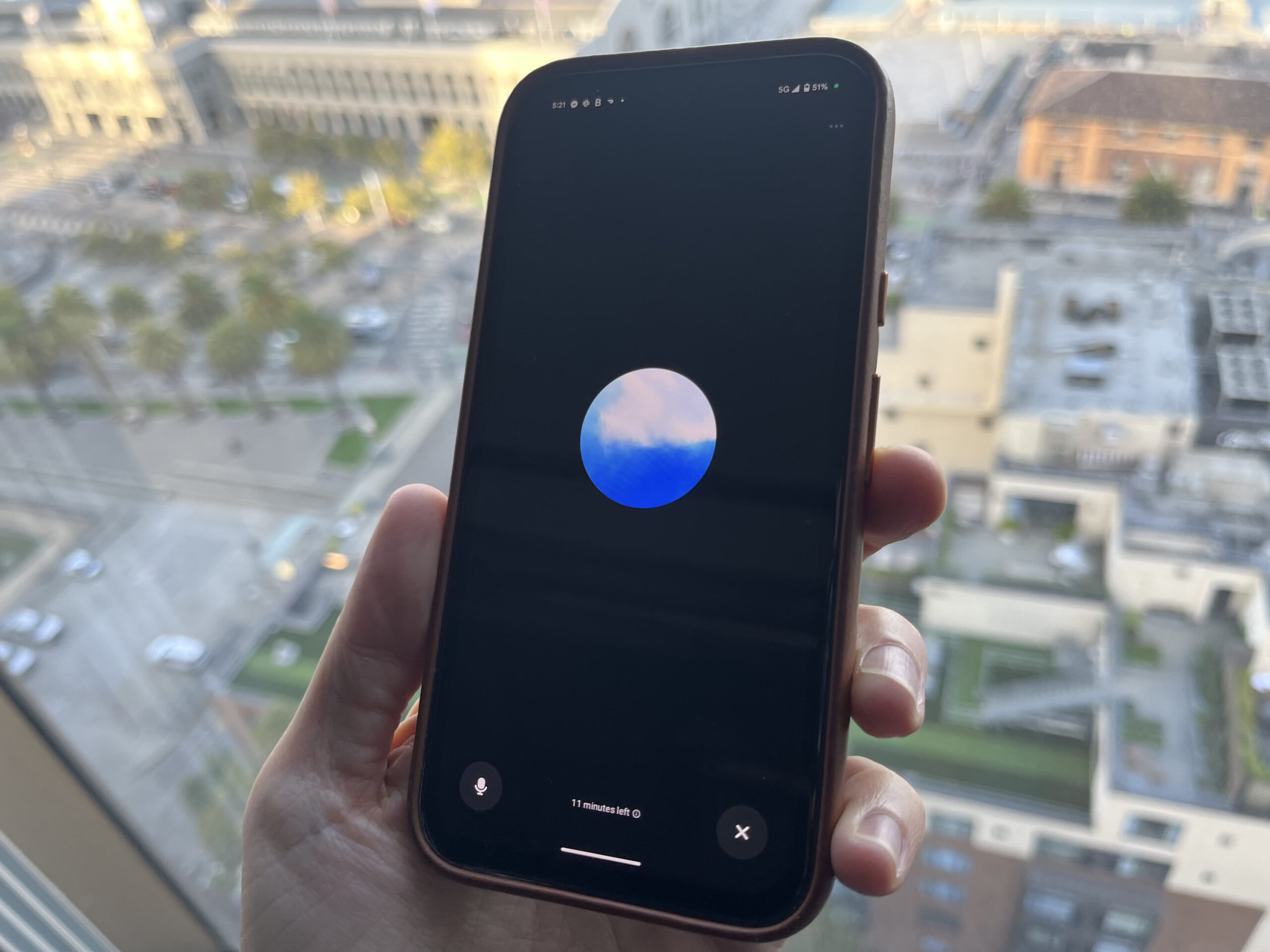LONDON: UK banknotes featuring the portrait of King Charles III were due to enter circulation yesterday, though they’re likely to be rare for some time in everyday cash transactions.
The Bank of England (BoE) said that new notes will only be printed to replace those depicting Queen Elizabeth II that are worn or to meet any rise in demand at a time when cash usage is in decline.
The slow introduction by the UK central bank is to reduce their financial and environmental impact after guidance from the Royal Household, with King Charles III, 75, well known as a champion for climate causes.
It means that Queen Elizabeth II notes will co-circulate with the new notes and will remain the bulk of those being used in everyday cash transactions for some time.
The BoE said that notes depicting Charles will be issued “very gradually.” Threadneedle Street is not revealing how many notes it will issue in its initial print run.
The current batch of polymer banknotes started to enter circulation in 2016 and are made to give them a long lifespan.
The BoE expects the £5 and £10 polymer notes to last at least five years, while the average lifespan of £20 notes could be in excess of 20 years due to how the public uses them.
Given their gradual introduction into circulation, the BoE is offering members of the public a temporary service where they will be able to exchange their old notes.
Britons can send up to £300 in the post and receive new Charles banknotes, a service that will be offered only until June 30.
Alternatively, they can exchange up to £300 of notes at the BoE counter on Threadneedle Street until June 11.
However, the central bank warned that long waiting times are possible.
They will also be available from a select group of post office branches before being rolled out to others in the coming weeks.
The central bank said that charity auctions of low-serial numbered notes would be held over the summer.
The reverse side of the polymer banknotes – featuring former Prime Minister Winston Churchill, author Jane Austen, painter JMW Turner and World War II codebreaker Alan Turing – will be unchanged.
BoE governor Andrew Bailey said it’s “a historic moment, as it’s the first time we’ve changed the sovereign on our notes”.
Queen Elizabeth II was the first monarch depicted on BoE banknotes in 1960.
“We know that cash is important for many people, and we are committed to providing banknotes for as long as the public demand them,” Bailey added.
While cash is being replaced in everyday transactions by online and card payments, some 4.6 billion BoE notes worth £82bil remain in circulation.
The volume of notes in circulation has levelled off and even declined slightly in recent years.
UK Finance data found that half of all payments in the United Kingdom were made using debt cards for the first time in 2022. The proportion of payments made in cash edged lower to 14%.
The BoE has committed to carry on providing cash for as long as it’s wanted by the public after beginning work on the design of a “digital pound”.
The work on a central bank digital currency has stoked concerns that cash is being rapidly phased out.
Charles became King in September 2022 after the death of his mother, who was the longest serving monarch in British history. He was coronated in May 2023. — Bloomberg

